In the heart of Iran, nestled 60 km away from the bustling city of Arak, lies the enchanting village of Jiria. This historical gem has captivated the nation with its exquisite handwoven carpets, earning it a well-deserved reputation.
Iran (IMNA) - Jiria is renowned for the craftsmanship and artistry displayed in every carpet produced by its talented inhabitants. The village boasts an impressive number of 800 carpet looms, each humming with the rhythmic dance of skilled hands. These looms are not merely tools; they are the lifeblood of the village, sustaining a vibrant community of over 1,500 residents who have dedicated themselves to the ancient craft of carpet weaving.
Among the many designs that grace the looms of Jiria, several have gained widespread recognition. The Shah Abbasi design, with its intricate floral motifs and regal patterns, embodies elegance and sophistication. Mustofi carpets, with their bold geometric shapes and vibrant colors, exude a sense of modernity and vitality. Tak Bute, on the other hand, showcases delicate floral patterns that evoke a sense of tranquility and serenity.
The village of Jiria takes pride in its rich artistic heritage, and it is the Lakh Taranj design that truly encapsulates this legacy. With its elaborate tapestry of colors and patterns, it tells a story of tradition and cultural significance. Miniature carpets, inspired by the intricate art of Persian miniatures, transport you to a world of intricate detail and timeless beauty. Finally, the Farhang design embraces simplicity, utilizing clean lines and minimalistic motifs to create a contemporary masterpiece.
The exceptional quality of Jiria carpets has not gone unnoticed beyond the borders of Iran. These handwoven treasures have become highly sought-after export products, adorning homes and spaces around the world. Each Jiria carpet carries with it the skill, dedication, and love poured into its creation, making it a true work of art.
Jiria village stands as a testament to the power of craftsmanship and the enduring beauty of traditional art forms. It is a place where history weaves seamlessly with the present, and where the threads of creativity connect cultures far and wide. Jiria carpets are not simply floor coverings; they are woven dreams that carry the spirit of a village and the soul of a nation.
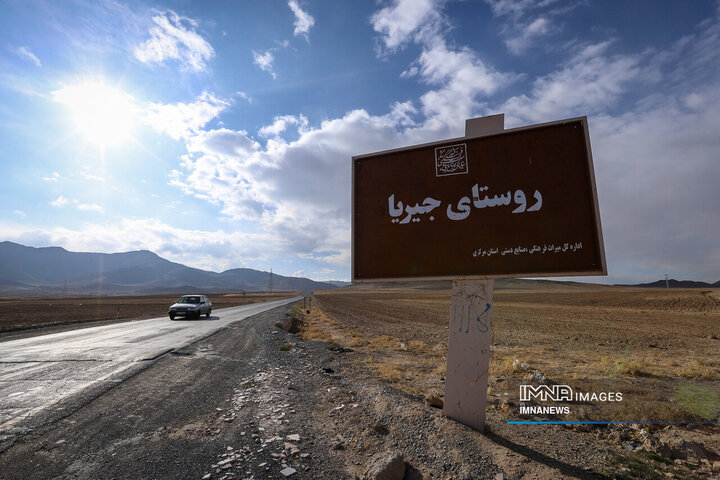

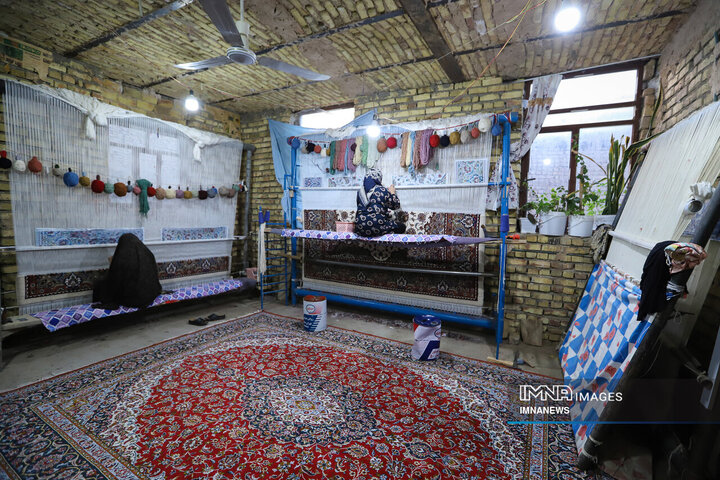
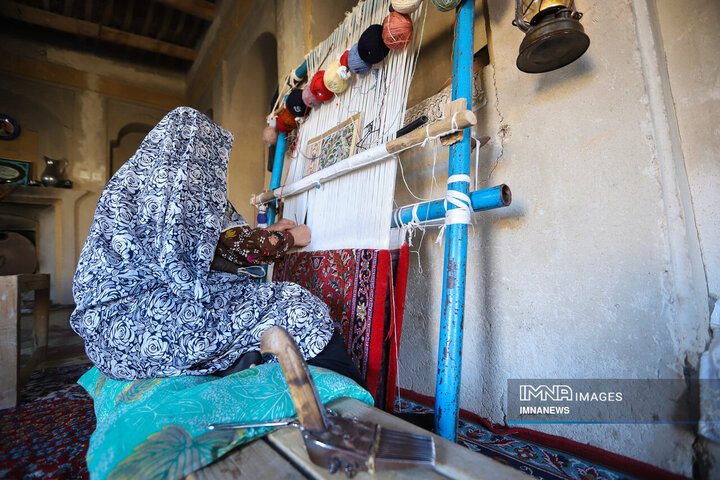
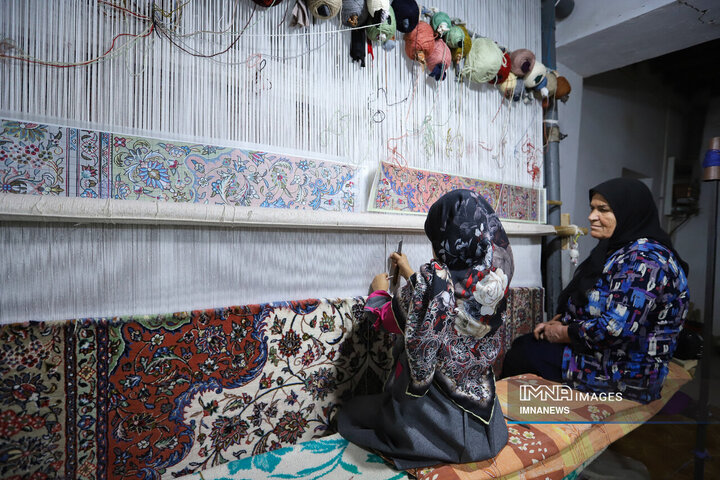
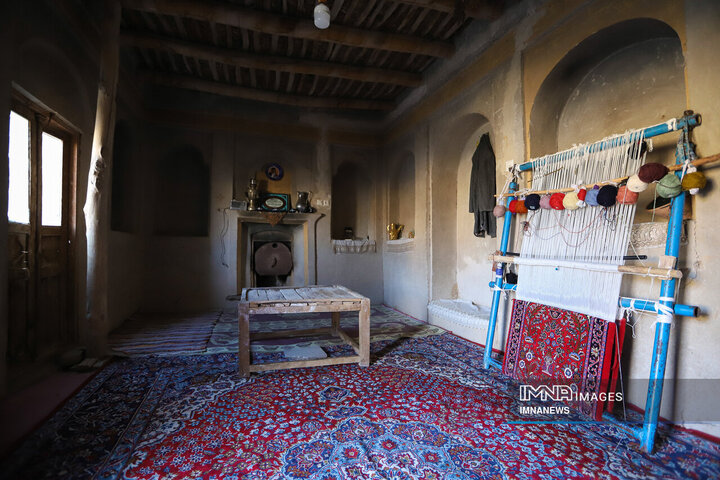
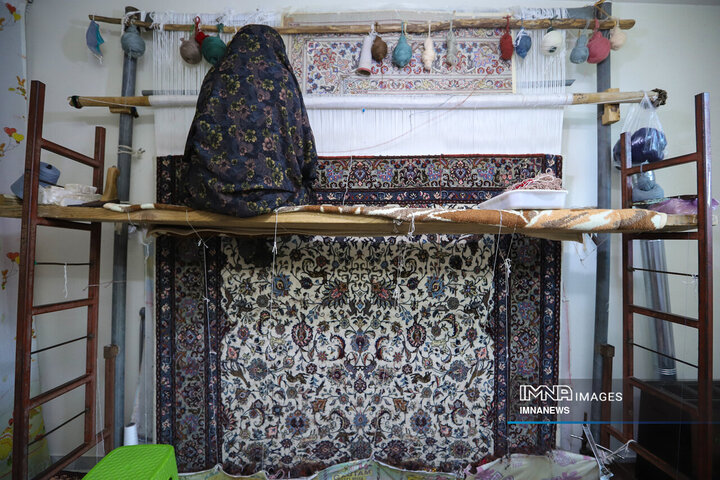

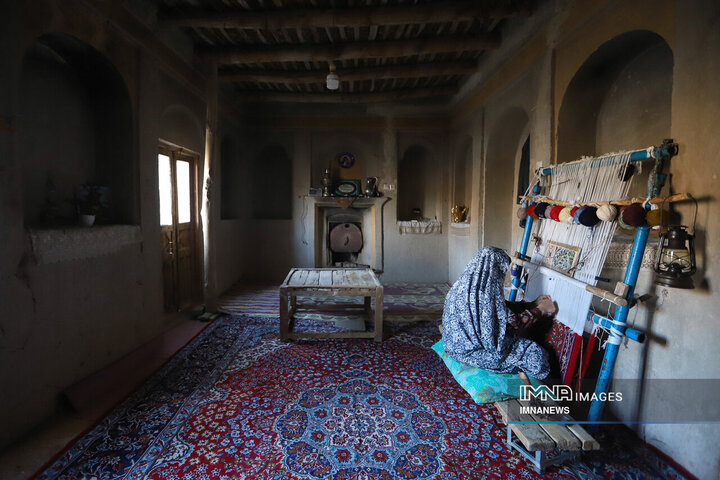
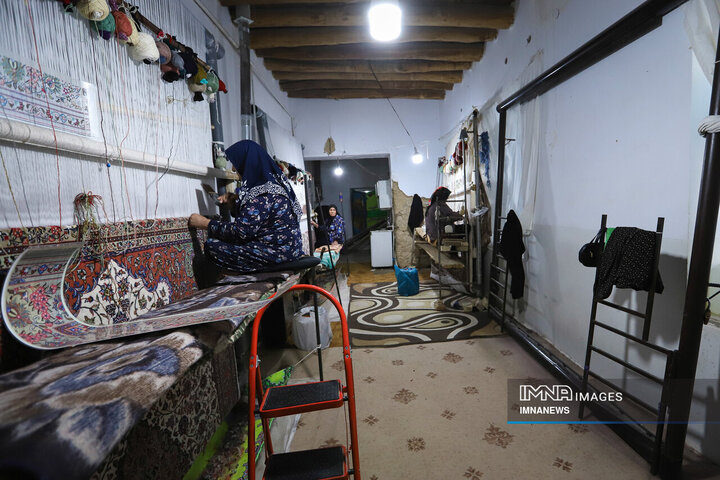
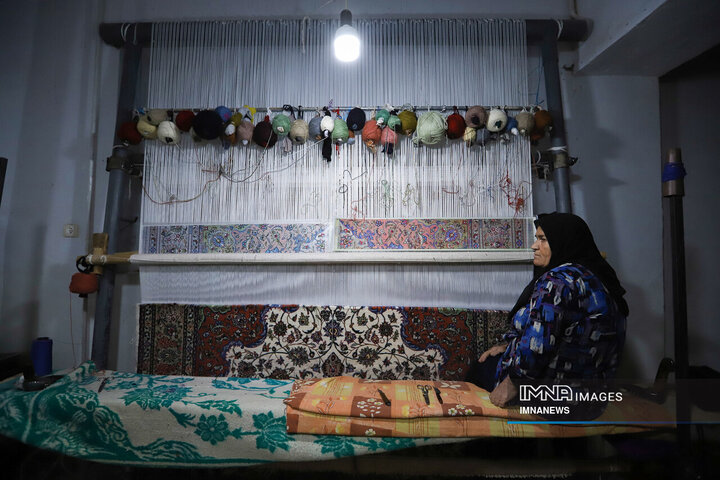
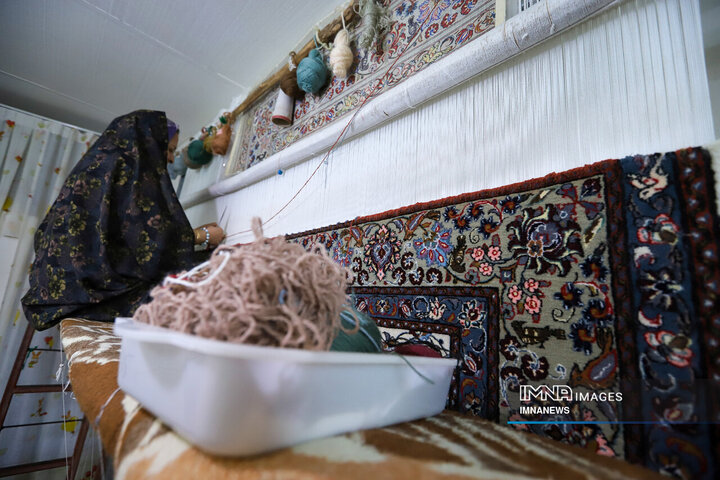

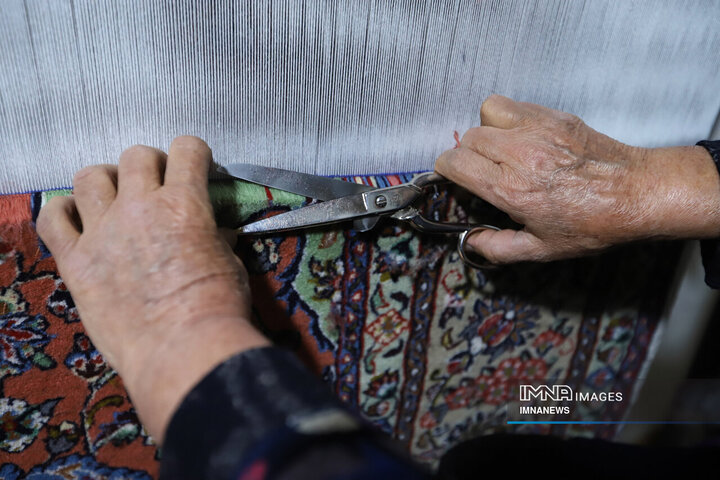
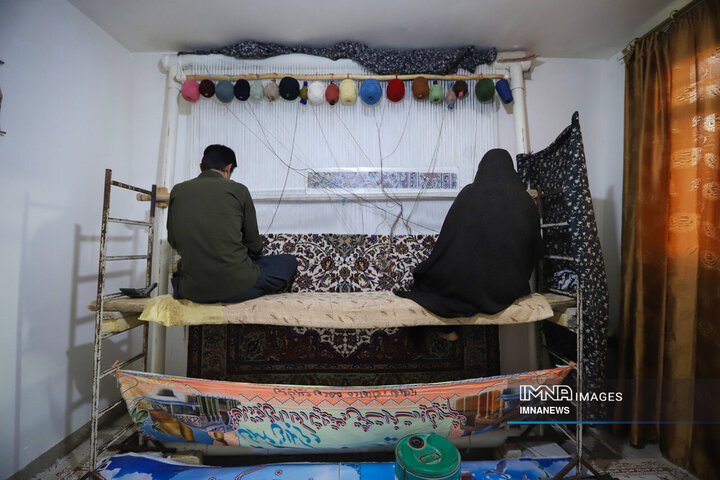
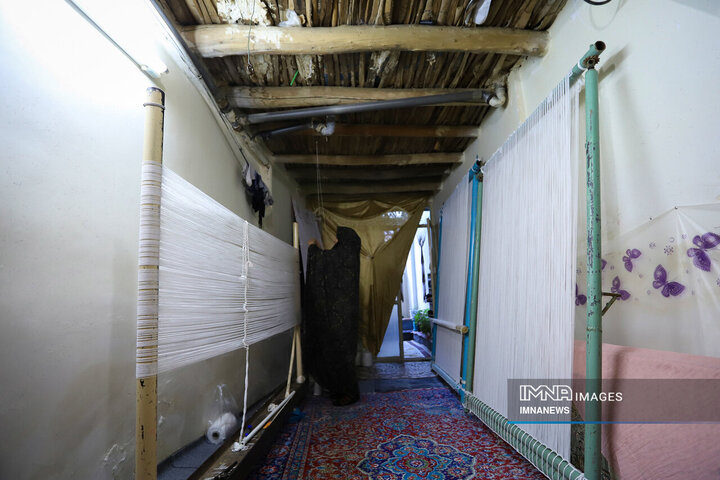
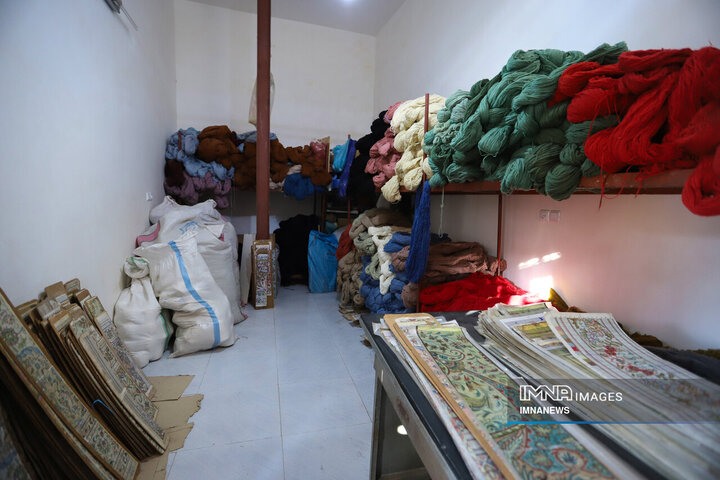

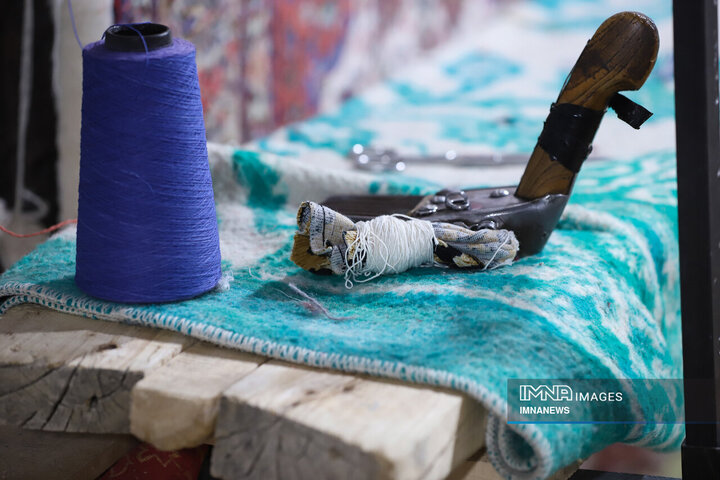

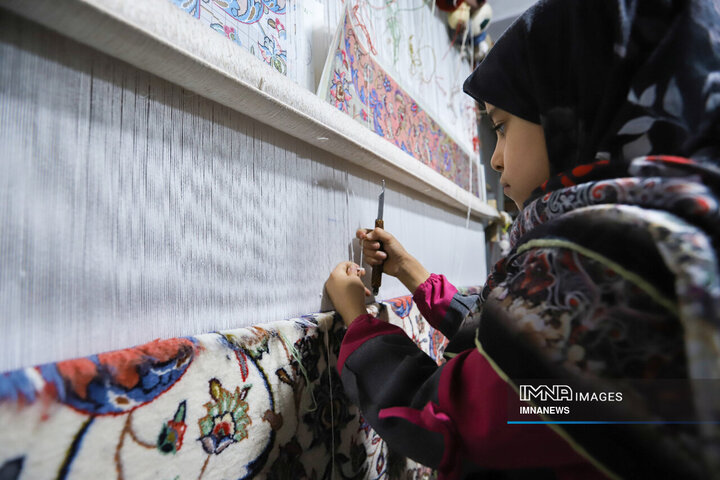
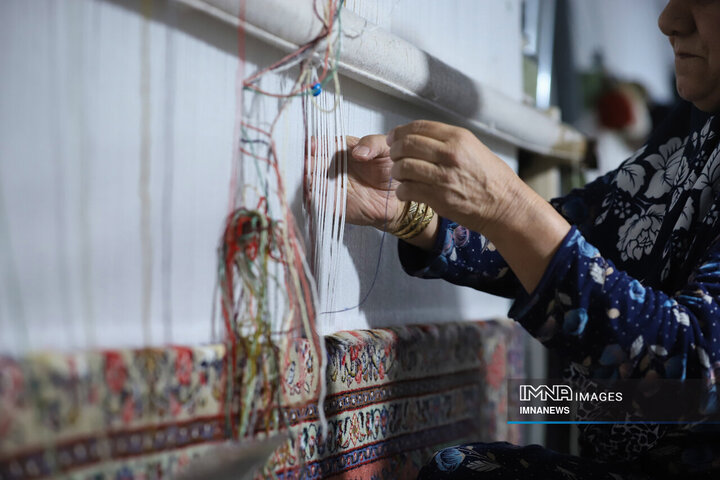
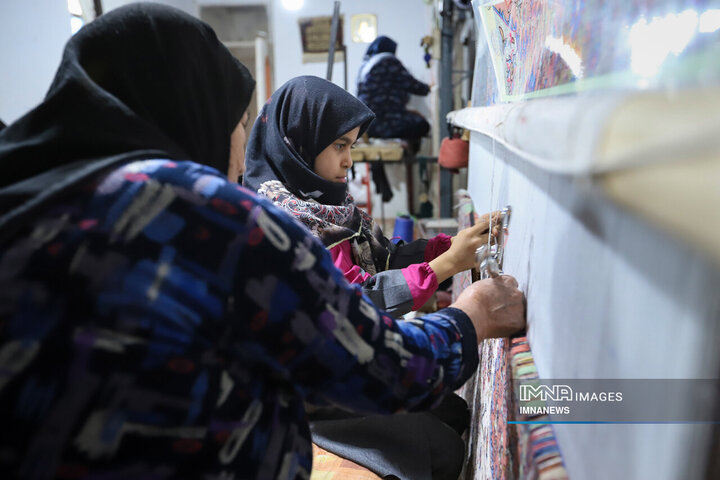
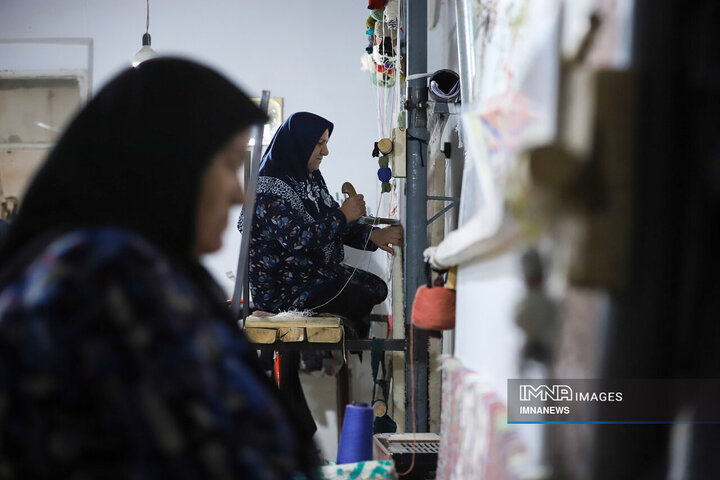
Your Comment